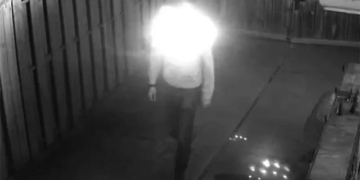Interesting Engineering reports that the research team at NASA’s Kennedy Space Center in the United States is exploring innovative methods to apply Electrostatic Dust Shield (ESD) technology. One of the primary application focuses is combating lunar dust.
The ESD uses electricity to lift and remove dust from various surfaces. Effectively eliminating static-charged dust is crucial for the success of NASA’s upcoming lunar missions.

An ESD test sample – (Photo: NASA).
Dr. Charles Buhler from the Kennedy Space Center stated that lunar dust can infiltrate seals, gaskets, and hatches on equipment or even the interior of spacecraft, posing numerous problems for both the spacecraft and astronauts. In particular, lunar dust is sticky, making it difficult to remove.
NASA astronaut Harrison Schmitt, during the Apollo 17 mission, experienced an allergic reaction to lunar dust. Veteran scientist Kim Prisk from the University of Auckland warns that dust particles smaller than 50 times the diameter of a human hair can remain in the lungs for months. The health effects of exposure to these particles remain a mystery.
Building on an idea proposed by NASA 57 years ago, the Kennedy Space Center began developing ESD technology in 2004. By 2019, the technology was tested on the International Space Station (ISS), marking its first exposure to the space environment.
NASA scientist Carlos Calle explained that ESD operates based on transparent electrodes, which can be integrated onto visors, camera lenses, optical instruments, windows, or astronaut suits.
Through testing in a vacuum chamber, the technology has shown incredibly promising results: it can remove simulated lunar regolith as well as samples of regolith collected from the Apollo missions in just one second. Recently, ESD has been integrated into two lenses of the EagleCam, developed by a team of students from Embry-Riddle Aeronautical University.
NASA plans to test this technology on the Moon by the end of 2024.


















































